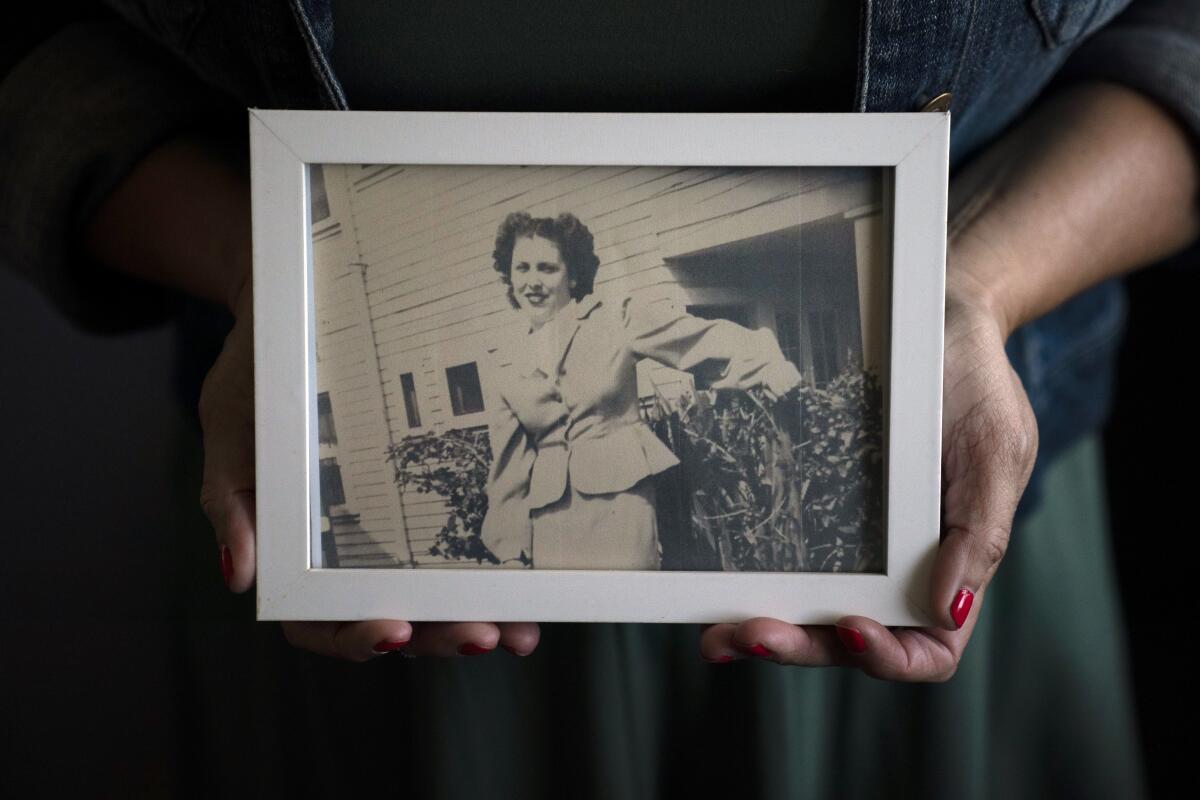Paying $25,000 to every living forced-sterilization victim is the least California can do

- Share via
As California prepares to pay reparations to the people who were sterilized in public hospitals and other state institutions by force or deception, the number of the compensated won’t be very high. That’s not because the state wronged only a few people by legalizing these eugenics-inspired medical injuries, but because it waited so long to do the right thing that most of the victims are no longer alive.
Ours wasn’t the only state to embark on a campaign of involuntary sterilization; such efforts swept the nation during the early and mid-20th century. But California was especially prolific and persistent at it. A third of the 60,000 forced sterilizations nationwide occurred in this state, creating a particularly heavy burden of despicable acts to discharge. And to our shame here at The Times, our publisher during a good part of this time supported eugenics. Regular columns extolled the effort.
The idea behind the sterilizations was to prevent from being born children who would inherit what was seen as their parents’ “feeble-mindedness” or mental illness or criminal tendencies. Some ignoramuses thought it would “cure” what was viewed as sexual promiscuity by women, though during the height of involuntary sterilization in the state, the procedures were performed about equally on men and women, albeit disproportionately on poor and Black people.
Now, under the budget Gov. Gavin Newsom signed this week, California will pay about $25,000 per person to a tiny portion of the people it wronged: those who are still living and locatable. It’s long past time for this token of apology. In doing so, the state becomes the third to pay reparations for these abominable actions.
California passed its first law allowing sterilization without consent in 1909; two more laws in less than a decade expanded the categories of those who could be forced to undergo the procedures. And unlike in other states, the numbers didn’t dramatically fall off after the Depression.
Los Angeles County played a particularly sordid role during the 1970s, at a time when you would have thought people were long past this kind of racism. Spanish-speaking women who gave birth at L.A. County-USC Medical Center were misled — such as being told tubal ligation was easily reversible — or sometimes intimidated into agreeing to sterilization, which was commonly practiced on those who were undergoing a cesarean section. Some were told that this needed to be done lest their children become a burden to the state. After a whistleblower doctor provided documentation, a class-action suit was filed; the judge ruled against the women, saying it was a simple communication breakdown. Black women were mistreated at the hospital as well, according to credible accounts; a story in the New York Times describes a case in which a resident withheld pain medication from a Black woman in labor unless she agreed to sterilization.
The lawsuit did result in changes, though: New rules required consent forms to be provided in Spanish, and in 1979, the sterilization laws were repealed.
Even that didn’t stop the outrageous from occurring. According to a report by the Center for Investigative Reporting, close to 150 women were sterilized in state prisons from 2006 to 2010 without proper authorization.
It’s another chapter in a long history of mistreatment of marginalized people, be they Black, Latino, poor or mentally ill. It needs to be taught as part of our state’s history, along with the missions and the Gold Rush. But first, let’s do something, even if it’s only $25,000, for the grievously injured Californians who remain.
More to Read
A cure for the common opinion
Get thought-provoking perspectives with our weekly newsletter.
You may occasionally receive promotional content from the Los Angeles Times.









